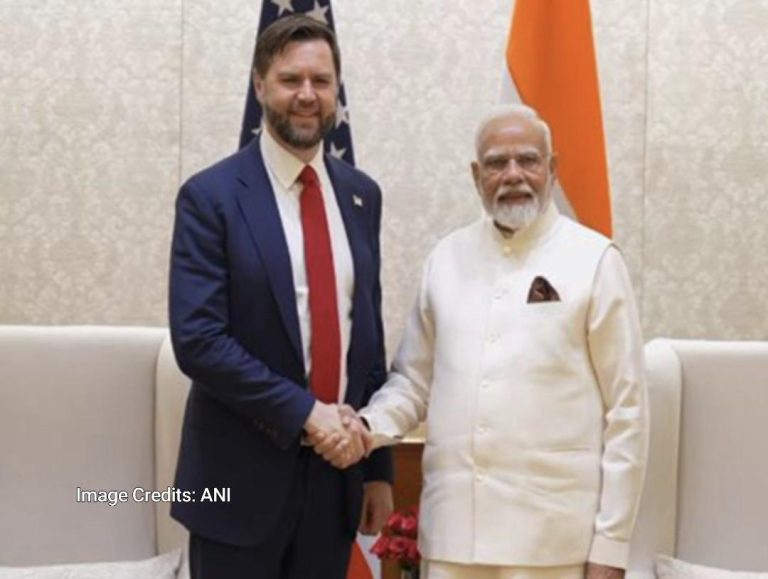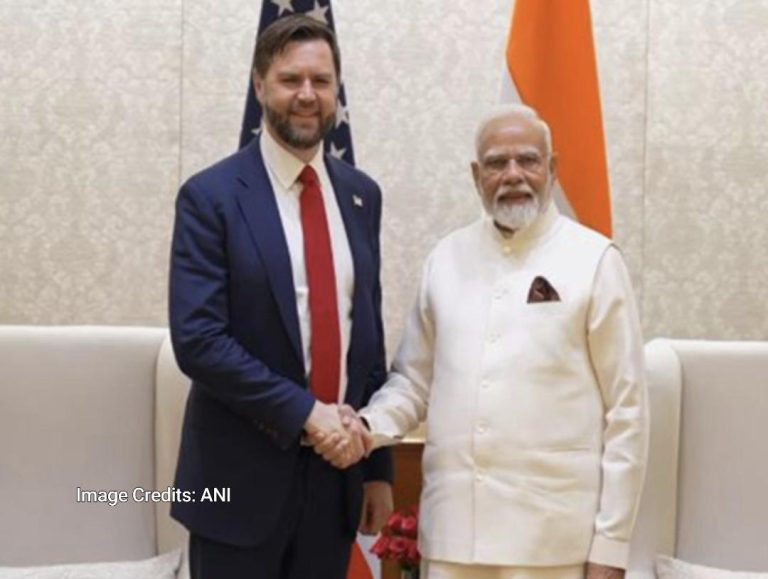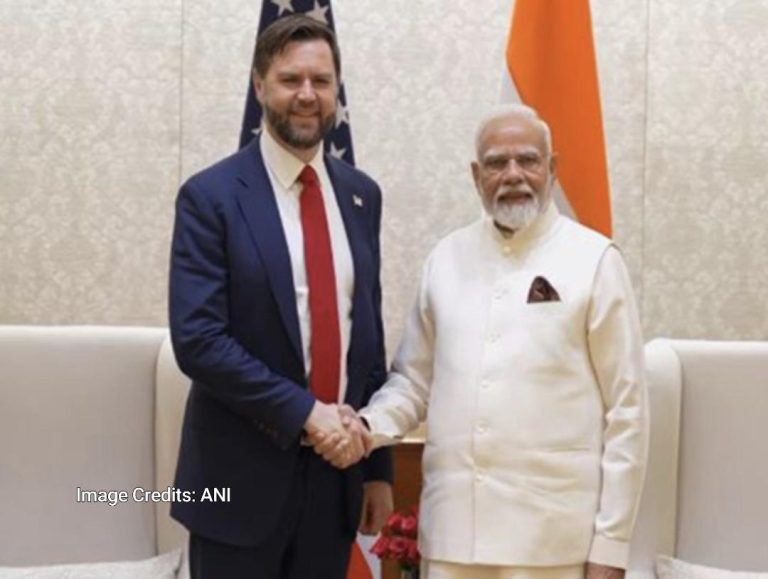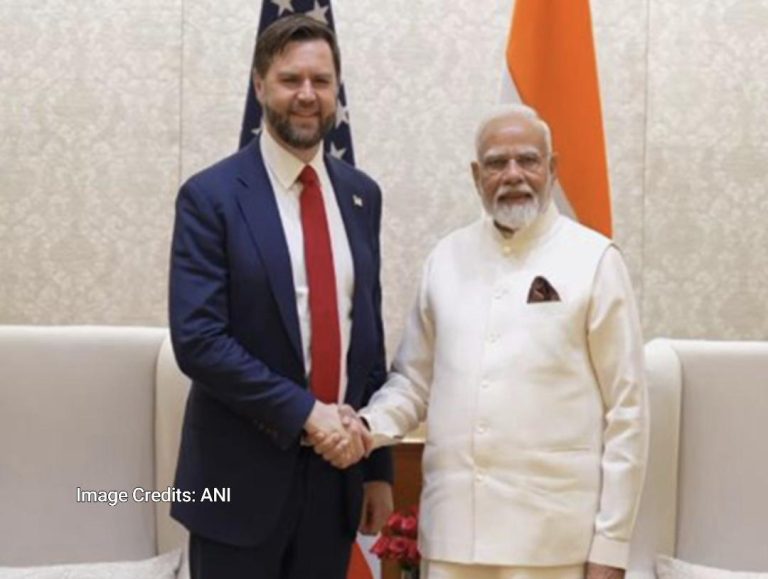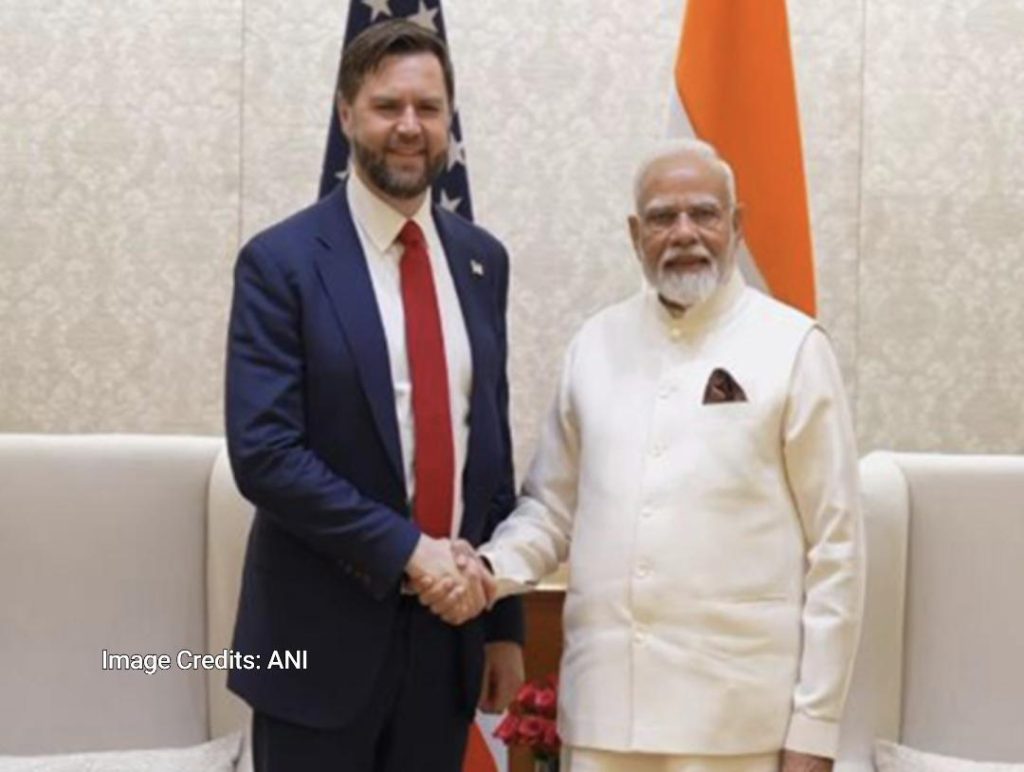
PM Modi & JD Vance Welcome Progress of India-US Trade Talks
In a significant development, Indian Prime Minister Narendra Modi and US Vice President JD Vance welcomed the “significant progress” made in the negotiations for the India-US Bilateral Trade Agreement. The two leaders met to discuss the ongoing trade talks, which have been ongoing since the US decided to impose reciprocal tariffs on several countries, including India.
The meeting between Modi and Vance marks a crucial step forward in the efforts to strengthen the India-US trade relationship. The two nations have been engaged in talks for months, with the aim of finalizing the Bilateral Trade Agreement. The agreement is expected to boost trade and investment between the two countries, particularly in key sectors such as energy, defence, and technology.
During the meeting, Modi and Vance emphasized the importance of dialogue and cooperation between the two nations on global issues. They also discussed ways to enhance ties in areas such as energy, defence, and technology, which are critical to the growth and development of both countries.
The India-US Bilateral Trade Agreement has been a topic of discussion for several years, with both sides seeking to conclude the negotiations. The agreement is expected to benefit both countries, by increasing trade and investment, creating jobs, and enhancing economic growth.
The talks between Modi and Vance come amid ongoing tensions between the two nations over trade issues. The US has imposed reciprocal tariffs on several countries, including India, in an effort to reduce its trade deficit. India has also retaliated with tariffs on several US products, including almonds and apples.
Despite these challenges, the two nations have continued to engage in talks, with the aim of finding a mutually beneficial solution. The meeting between Modi and Vance marks a significant step forward in these efforts, and is expected to pave the way for a successful conclusion to the negotiations.
The India-US Bilateral Trade Agreement is expected to have significant benefits for both countries. It is expected to increase trade and investment, creating jobs and enhancing economic growth. The agreement is also expected to promote cooperation and dialogue on global issues, which is critical to addressing the challenges facing the world today.
In addition to the trade talks, Modi and Vance also discussed ways to enhance ties in areas such as energy, defence, and technology. These sectors are critical to the growth and development of both countries, and are expected to play a key role in the India-US Bilateral Trade Agreement.
The energy sector is a key area of focus for both countries, with India seeking to increase its energy imports from the US. The US is the world’s largest oil producer, and India is looking to benefit from its energy surplus. The two nations have also been discussing cooperation in the field of renewable energy, with India seeking to increase its use of solar and wind power.
The defence sector is another area of focus for both countries, with India seeking to increase its defence cooperation with the US. The two nations have been discussing cooperation in areas such as defence manufacturing and technology transfer, with the aim of enhancing their defence capabilities.
The technology sector is also a key area of focus for both countries, with India seeking to increase its use of US technology. The US is a global leader in technology, and India is looking to benefit from its expertise. The two nations have also been discussing cooperation in areas such as artificial intelligence and cybersecurity, with the aim of enhancing their technological capabilities.
In conclusion, the meeting between PM Modi and US Vice President JD Vance marks a significant step forward in the efforts to strengthen the India-US trade relationship. The two nations have made significant progress in their talks, and are expected to conclude the negotiations soon. The India-US Bilateral Trade Agreement is expected to have significant benefits for both countries, including increased trade and investment, job creation, and enhanced economic growth.
